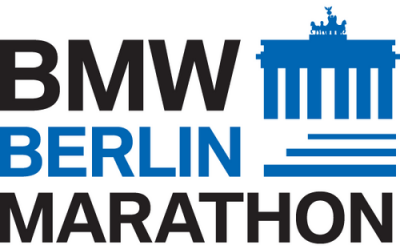Strava Compares Eliud Kipchoge’s Run To User Date From 2016
– As Kipchoge crossed the finish line, the average Strava runner in the 2016 race was still at KM 23 (just over halfway round the course)
– Whilst Kipchoge was able to maintain roughly an even pace throughout the race, the average Strava runner’s pace varied by 24 seconds per KM
– The average Strava user can run a mile in 5 minutes 57 seconds. By comparison, Kipchoge today ran an average mile time of 4 minutes 43 seconds … and then went on to repeat that another 25 times
Press Release
September 24, 2017
Eliud Kipchoge today won the 44th edition of the Berlin Marathon, completing the 42.195km course in a staggering 2 hours 3 minutes and 32 seconds. In light of this, Strava has released data from 4,251 runners in the 2016 Berlin Marathon to show how the masses stack up against Kipchoge.
Figure 1 – Distance travelled
After just 2 hours 3 minutes and 32 seconds, Eliud Kipchoge crossed the finish line tape to the applause of an enthusiastic crowd. Whilst Kipchoge started to return to something near his resting heart rate and take in the scale of his achievement, Figure 1 shows that the average Strava athlete in 2016’s race was approaching the Rathaus Schöneberg at KM 23 – just over halfway round the course.
File 2 – Pace variations
Conventional wisdom dictates that in order to run your best marathon, you should aim to run as evenly as possible, without huge fluctuations or surges in pace. Despite being renowned as one of the world’s flattest courses, the Berlin Marathon demonstrated that this is much harder than you may think.
As shown in Figure 2 whilst Kipchoge was able to run at a fairly even speed, with his average pace varying no more than 8 seconds per KM, this jumped up to 24 seconds for the average Strava runner in the 2016 race.
When then splitting this by gender, it appears that female runners were much better at maintaining an even pace than their male counterparts. During last year’s race, the KM splits of the average female Strava user varied by no more than 19 seconds whereas this rose to 27 seconds for men.
Figure 3 – Mile times
Athletes tracking their activity with Strava are able to pinpoint their fastest mile during a run. We decided to compare this data with Kipchoge’s to show just how fast this year’s winner was going.
The average mile PB for Strava runners in last year’s race is 5 minutes 57 seconds. By comparison, Kipchoge managed to maintain an average of 4 minutes 43 seconds per mile over the entire 26 mile course. To help you visualise this, had this been a one-mile race on a running track that would mean that the average Strava runner would be a whole lap behind Kipchoge by the time he crossed the finish line.
Figure 4 – Training volume
So how exactly did Kipchoge achieve this super-human time? Aside from being a naturally gifted runner and a full-time professional athlete, Strava data suggests that one of the simplest reasons is almost certainly the sheer volume of training his body is able to tolerate compared to the average amateur – running the equivalent of around 5 marathons every week.
According to an interview before last year’s race, Kipchoge logs somewhere in the region of 210 KM per week in the three months leading up to the marathon. By comparison, amateur Strava runners preparing for last year’s Berlin Marathon racked up an average of 48 KM per week in the same period.



